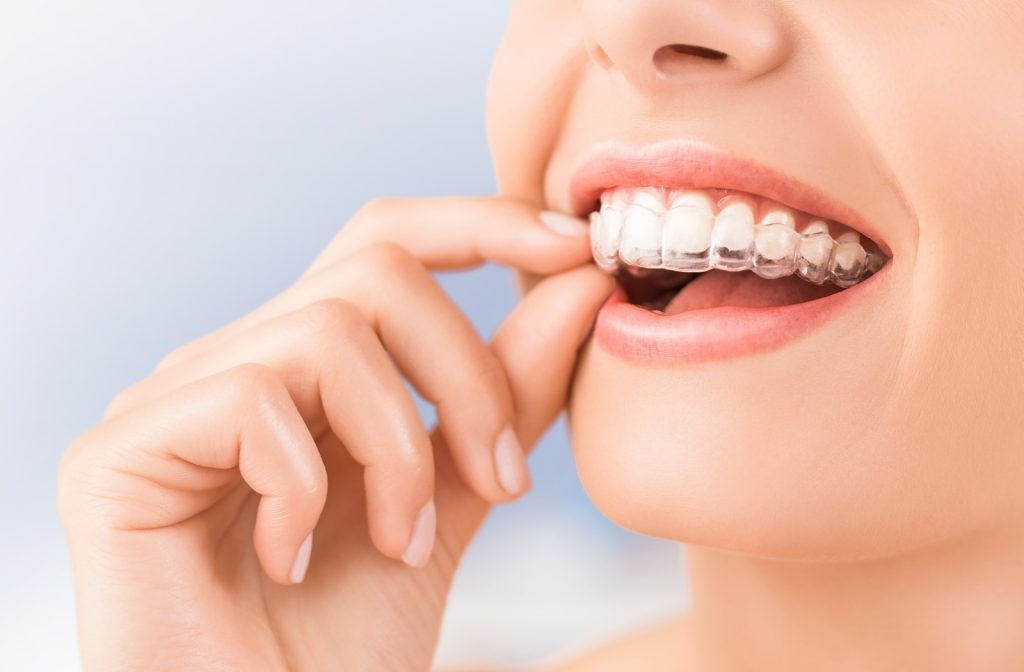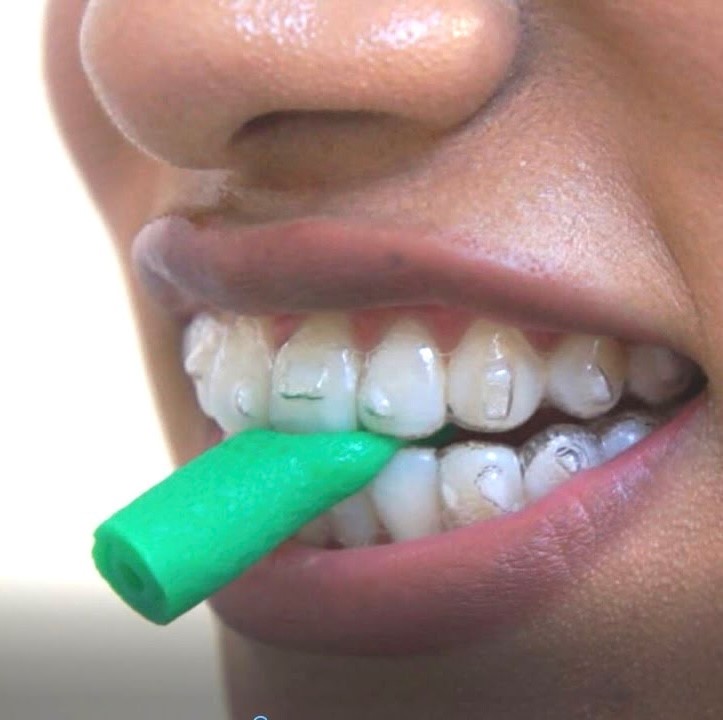Invisalign has revolutionized orthodontic treatment, offering a more discreet and comfortable alternative to traditional braces. However, one of the key factors to success with Invisalign is ensuring that your aligners fit well. If you’ve noticed that your trays don’t seem to fit as snugly as they should, you might be wondering what’s going wrong. Here’s a look at some common reasons why Invisalign trays might not fit properly and what you can do about it.
1. Inconsistent Wear Time
One of the most important rules with Invisalign is to wear your aligners for 20-22 hours a day. If you’re not wearing them as much as you should, your teeth won’t move according to plan. This can cause your current set of aligners to fit poorly, leading to discomfort and potentially extending your treatment time.
Solution: Set reminders on your phone or use a dedicated app to track your wear time. Ensure you only remove the aligners for eating, drinking (except water), and brushing.
2. Skipping Ahead
It might be tempting to jump to the next set of trays early, especially if you feel like your current aligners are fitting well. However, each set of trays is designed to make small, incremental changes to the position of your teeth. If you skip ahead, your teeth may not be ready for the new trays, causing them to fit poorly.
Solution: Follow the schedule provided by your orthodontist. If you’re unsure when to switch to the next set, it’s always better to check with your provider.

Solution: Check your attachments regularly and contact your orthodontist if one is missing. They can reattach it quickly, ensuring your treatment stays on track.
6. Warped or Damaged Trays
Invisalign trays are made from a special thermoplastic material that can be sensitive to heat. If you accidentally expose your trays to hot water or leave them in a hot car, they can warp, leading to a poor fit.
Solution: Always clean your aligners with lukewarm water and avoid exposing them to heat. If your trays become damaged or warped, contact your orthodontist for a replacement.
7. Improper Insertion

Sometimes, your aligners may not fit well simply because they aren’t fully seated on your teeth. This can happen if you don’t press them down firmly enough or if you don’t use tools like chewies to help them settle into place.
Solution: Make sure you’re properly inserting your aligners by pressing them down evenly. Using chewies for a few minutes after putting in a new set can help ensure they fit snugly. Invisalign is a fantastic tool for achieving a beautiful smile, but its effectiveness depends heavily on how well your trays fit. If you’re experiencing issues with the fit of your aligners, don’t hesitate to reach out to your orthodontist. By understanding the common reasons for poor fit and taking proactive steps to address them, you can ensure your Invisalign treatment stays on course and delivers the results you’re hoping for.
3. Teeth Not Tracking Properly
In some cases, your teeth might not be moving exactly as planned. This is known as a “tracking” issue, where certain teeth don’t align with the corresponding spots in the aligner. This can cause gaps or uneven pressure, leading to a poor fit.
Solution: If you suspect a tracking issue, contact your orthodontist. They may recommend using additional tools like chewies to help seat the aligners properly or may need to make adjustments to your treatment plan.

4. Using Old Trays by Mistake
With multiple sets of trays to keep track of, it’s easy to accidentally grab an old set instead of the current one. Since your teeth have already shifted from when you last used those trays, they might not fit correctly.
- Solution: Keep your trays organized and labeled by date. Many patients find it helpful to store each set in its own labeled bag or container.
5. Lost Attachments or Buttons
Invisalign often requires the use of small attachments or buttons that are bonded to your teeth. These help the aligners apply the right amount of force to move your teeth. If one of these attachments comes off, your aligners might not fit as well.
